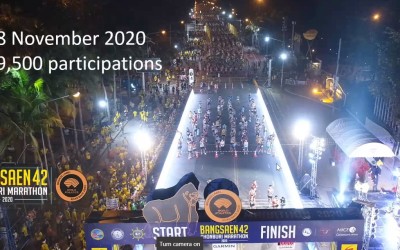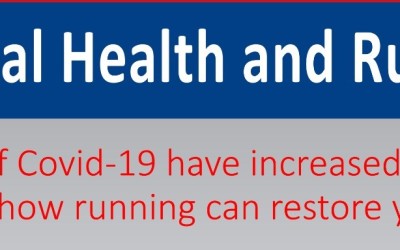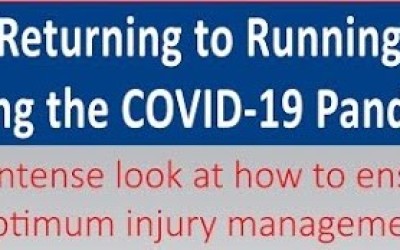Pace v/s Speed
This is something that used to confuse me a lot when I was a new initiate into the world of running.
It helps to clarify these two terms and also why we talk in terms of Pace rather than Speed when we run.
Most newcomers to running come from a background where their previous motion on roads was in a car / bike. The unit of measurement there is Speed as in ” kms per hour “. When you are sitting in a car and the speedometer is the only dashboard instrument that measures your forward motion, and it gives it to you in “kms per hour”, then your entire mindset is tuned towards thinking of road journeys in terms of speed.
But when we start moving on the roads..with our own feet..and not in a motorised vehicle..then we need to change our thinking a bit. We need to start thinking in terms of Pace as in “minutes per km”
Thus Speed = The distance covered in a fixed unit of time
while Pace = The time required to cover a fixed distance
So simple 
But then why think in terms of Pace and not Speed when speed has worked all along so finely…why this sudden need to confuse our simple running minds, one might well ponder.
The reason is really a very very practical reason and once you understand it, quite logical too.
When we take part in a running event, the distance is often fixed…we take part in events that are either 5K, or 10K or 21K or 42K etc. The distance being fixed, the timing that everyone takes to cover the distance is thus variable.
So, if you were lucky enough to be born in East Africa you might cover the Half Marathon distance of 21 kms in about 1:15 or so..and if you are a new runner then you might consider it cause for celebration if you covered it in 3 hours . Thus the Kenyan ran each km of those 21 kms in a Pace of about 3:34 ( 3 minutes and 34 seconds arrived at by dividing 75 minutes by 21 kms ) while the new runner covered it in a Pace of about 8:34 ( 180/21 ).
And if you just reached for your smartphone calculator and got 3:57 and 8:57 respectively, let me remind you that each minute has got 60 seconds and your calculator is showing you numbers in decimals.
Once you understand the concept then it can be used very effectively for planning your race event.
So let us take a case when the aforementioned slow runner decides to pick up his pace ( see how naturally the term weaves itself in  ) and hopes to finish it in 2:45. To do this he needs to cover each km in 7:51 minutes. Now armed with only a Rs 100/- Chinese make stop watch ( and an optional pacing chart ) he can accomplish his mission well.
) and hopes to finish it in 2:45. To do this he needs to cover each km in 7:51 minutes. Now armed with only a Rs 100/- Chinese make stop watch ( and an optional pacing chart ) he can accomplish his mission well.
The race organisers would have placed km markers at each km all along the course. From the start time he just has to keep running and at each km marker he has to use the lap function to see how much time he took to cover the last km. If he does it too quick ( in less time ) then he should slow down and if he is slow ( takes more time ) then he should speed up.
Based on the above, the runner can easily do other calculations and adjust his race pace accordingly all along with way.
Calculating your race performance in PACE really helps you to manage your run better.
Hope this helps.
Venkat





Good and practical explaination
Very well explained…Thanks for this article.
wow, well written in very clear way. Thanks for sharing this information. I just got this article link from “Chennai runners group mail”.
Venkat
Well written.. Simple and easy to understand.. Keep writing..
very nice easy to understand. Thanks. taking this a step forward while training use speed as a guide for example divide your distance in to four or five equal parts and run each part little faster(than race pace) rest for 2 minutes and do the next.
It is good to know your pace but it is important to run each K a little faster to reduce the race time.
i have tried this and it works.